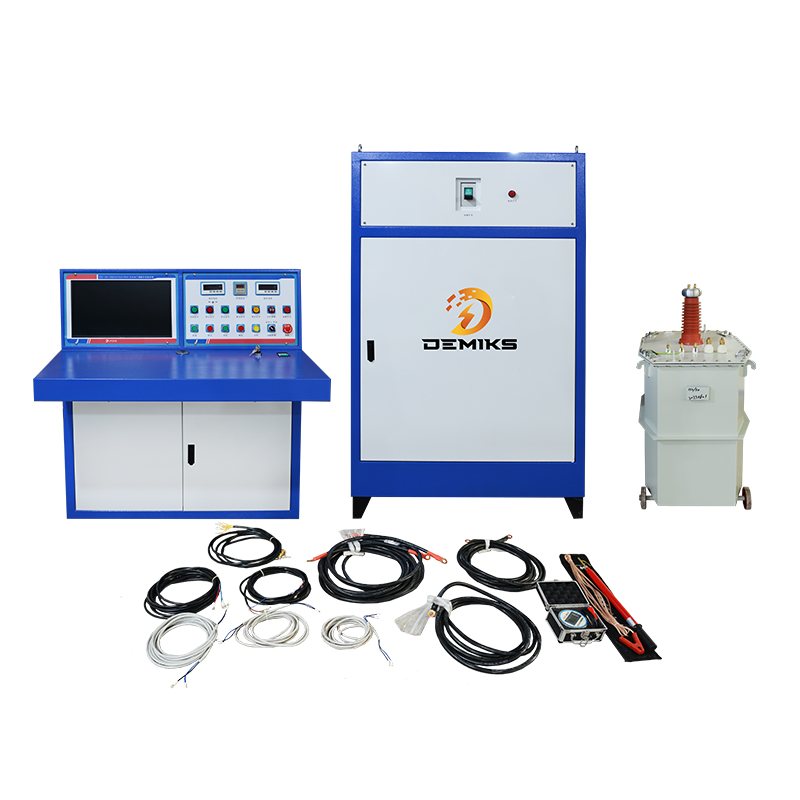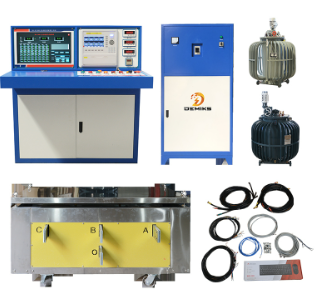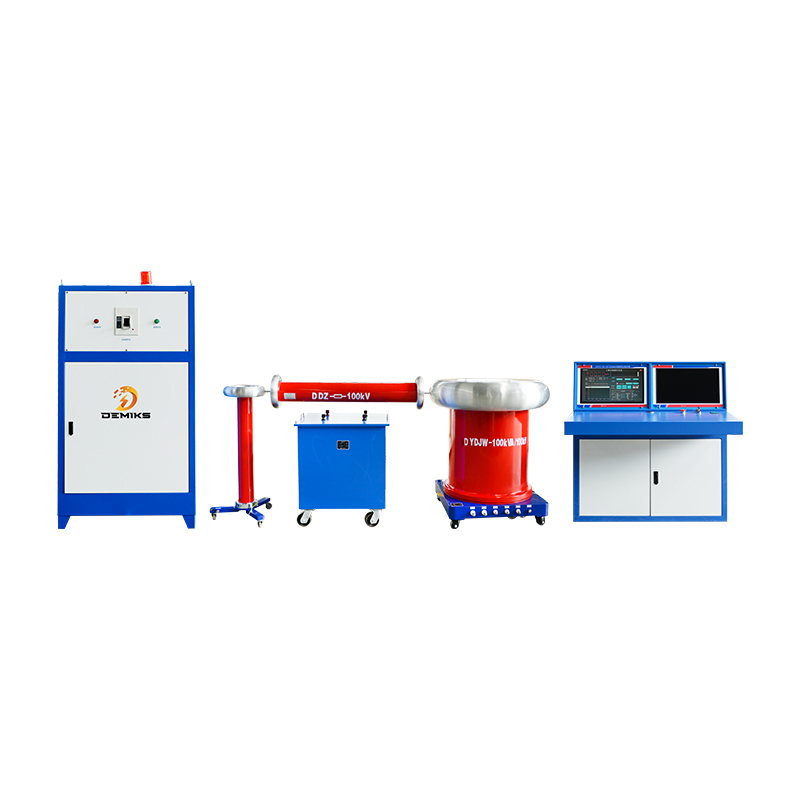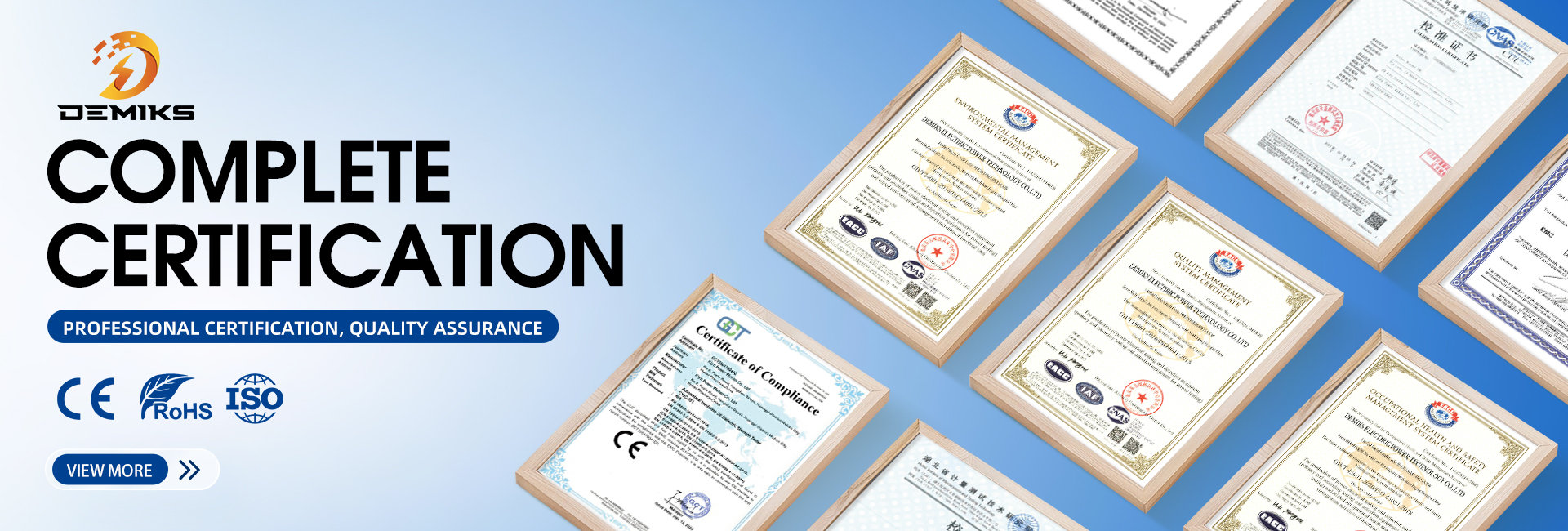how to test a circuit breaker without power
According to expert research on relevant circuit breaker testers, testing circuit breakers without power (disconnect) is critical for maintenance, troubleshooting and safety verification. The following is a step-by-step approach to testing different types of circuit breakers (CBs) using both manual and instrument-based techniques.
1. Safety Precautions
✅ De-energize the circuit – Ensure the breaker is isolated from all power sources (verify with a voltage tester).
✅ Discharge capacitors – Some systems (e.g., VCBs) may store residual energy.
✅ Wear insulated gloves & PPE – Even when off, accidental contact with live parts must be prevented.
2. Visual Inspection
Before electrical testing, perform a physical check:
Contacts & Arc Chutes – Look for burns, cracks, or carbon buildup.
Mechanical Linkages – Ensure smooth operation (no sticking or misalignment).
Terminals – Check for loose connections or corrosion.
3. Manual Operation Test (Mechanical Function)
For Molded Case Circuit Breakers (MCCBs) & Air Circuit Breakers (ACBs):
Turn the breaker ON/OFF manually – Should move smoothly without excessive force.
Trip Test: Use the manual trip button (if available) to verify the mechanism releases.
For Oil/Gas Circuit Breakers:
Check operating mechanism springs, hydraulic/pneumatic pressure (if applicable).
4. Insulation Resistance Test (Megger Test)
Purpose: Checks for insulation degradation between phases and ground.
Equipment Needed: Insulation resistance tester (Megger, 500V–5kV DC).
Procedure:
Disconnect all cables from the breaker.
Set Megger to 1000V DC (for LV breakers) or 5kV DC (for HV breakers).
Test between:
Phase-to-Phase (A-B, B-C, C-A) – Should read >100 MΩ.
Phase-to-Ground (A-E, B-E, C-E) – Should read >10 MΩ.
Failures:
<1 MΩ = Moisture/contamination.
<0.5 MΩ = Severe insulation damage.
5. Contact Resistance Test (Micro-Ohmmeter)
Purpose: Measures resistance across closed contacts (high resistance = overheating risk).
Equipment Needed: Ductor tester (micro-ohmmeter).
Procedure:
Close the breaker manually (ensure contacts are engaged).
Connect tester to line & load terminals.
Measure resistance:
LV Breakers (MCCB/ACB): <50 µΩ (new), <100 µΩ (used).
HV Breakers (VCB/SF6): <200 µΩ.
Acceptable Range:
High resistance (>500 µΩ): Indicates pitting, oxidation, or loose connections.
6. Timing & Motion Analysis (For HV Breakers)
Purpose: Checks open/close time, synchronism, and contact travel.
Equipment Needed: CB analyzer (e.g., Megger, OMICRON, Doble).
Tests Performed:
| Test | Acceptable Range | Failure Indication |
|---|---|---|
| Closing Time | <50 ms (typical) | Worn mechanism |
| Opening Time | <30 ms (typical) | Slow trip coil |
| Contact Travel | Match manufacturer specs | Misalignment |
| Coil Current | Within rated values | Weak solenoid |
7. SF6 Gas Pressure Test (For Gas CBs)
Check pressure gauge – Should be in the green zone.
Leak test – Use an SF6 gas detector (if pressure drops abnormally).
8. Secondary Injection Test (Protection Relay Verification)
Purpose: Tests trip coil, protective relays, and control circuits without primary current.
Equipment Needed: Secondary injection test set.
Procedure:
Inject a simulated fault current (e.g., 5A for overcurrent relay).
Verify:
Relay picks up & sends a trip signal.
Breaker mechanically trips.
9. Summary: Key Tests for Different Breaker Types
| Test | MCCB/ACB | VCB | SF6 CB | Oil CB |
|---|---|---|---|---|
| Insulation (Megger) | ✅ | ✅ | ✅ | ✅ |
| Contact Resistance | ✅ | ✅ | ✅ | ✅ |
| Timing Analysis | ❌ | ✅ | ✅ | ✅ |
| SF6 Gas Check | ❌ | ❌ | ✅ | ❌ |
10. Common Faults & Solutions
| Symptom | Possible Cause | Solution |
|---|---|---|
| High contact resistance | Burnt contacts, oxidation | Clean/replace contacts |
| Slow tripping | Weak trip coil, mechanical wear | Lubricate/replace parts |
| Insulation failure | Moisture ingress, aging | Dry or replace breaker |
Conclusion
Testing a circuit breaker without power involves:
Visual & mechanical checks (operation, linkages).
Insulation resistance test (Megger).
Contact resistance test (Micro-ohmmeter).
Timing tests (for HV breakers).
Secondary injection (relay verification).
Need more details? Ask about:
How to test a vacuum interrupter?
Differences between MCCB, ACB, VCB testing?
SF6 gas handling safety precautions?
The above content is published by demiks, please specify, demiks is a substation equipment manufacturer, specializing in the production of high-voltage tester, transformer tester, circuit breaker test equipment, relay tester, SF6 gas analyser, cable fault tester and other products, if you have power test testing needs, please feel free to contact demiks power science and technology limited company or send an email! Give us: contact@demikspower.com
 Relay Protection Testing and Commissioning Gu
Relay Protection Testing and Commissioning Gu
 how to test microwave transformer
how to test microwave transformer
 how to reset circuit breaker with test button
how to reset circuit breaker with test button
 high voltage cable testing standards
high voltage cable testing standards




